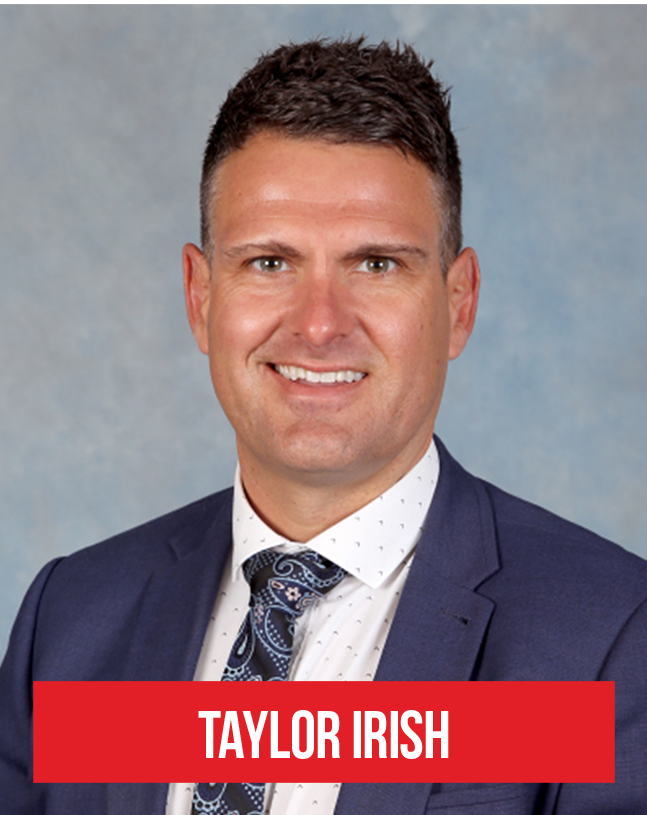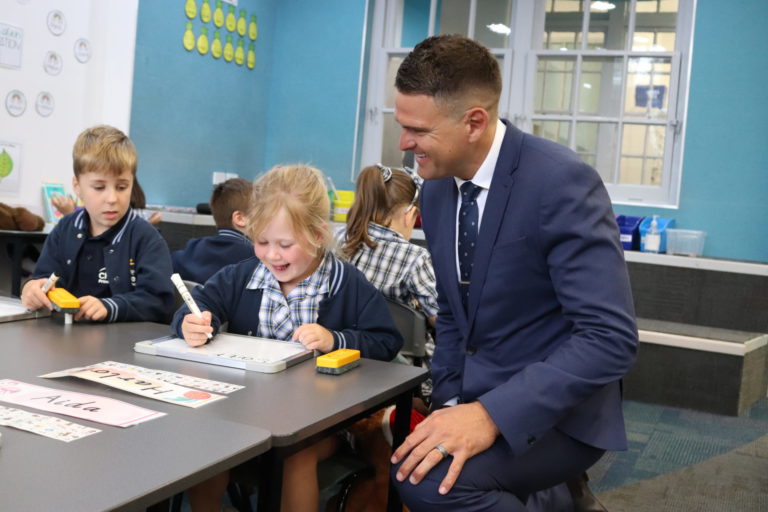Explicit teaching is the increasingly popular structured and systematic education approach to teaching that’s driving real change in both classrooms and staff rooms.
Gone are the days of divided classrooms, with small groups catered to depending on their collective skills. Instead, today’s teachers are leading from the front, focusing explicitly on the core basics of learning material, until it’s soaked up like water to a sponge.
Pamela Snow, Professor of Cognitive Psychology at La Trobe University describes explicit teaching as, “Explaining the nature of the knowledge or skill, in small steps, and providing plenty of repetition and opportunities for practice and mastery, rather than relying on minimally guided discovery and student-led learning at the outset”.
“We also don’t start an explicit teaching topic by asking students what they already know about it,” she told The Bursar. “This wastes valuable time and provides airtime for misconceptions – some of which will be heard and retained as new knowledge by other students.”
How explicit teaching works
Explicit teaching focuses on direct instruction with clearly defined learning objectives. Teachers take an active role in whole-class teaching, leading from the front of the classroom and identifying the core content that students need to understand in each lesson.
The Bursar sat down with Chelsea Primary School principal Taylor Irish to discuss the wider school community’s lived experience of the Explicit Teaching method. The school chose to implement the ‘signature pedagogy’ of Explicit Direct Instruction (EDI).
“The explicit teaching model at Chelsea Primary School involves clear and structured instruction with a focus on teacher-led lessons. It has been in place for four years and was chosen due to its proven effectiveness in improving student success. The model emphasises direct guidance, step-by-step instruction, and active engagement to enhance learning outcomes,” he told The Bursar.
There are various approaches to classroom instruction, and they can typically be grouped into two philosophies: direct instruction and inquiry-based learning.
The EDI methodology for explicit teaching was developed by DataWORKS founders, Dr. Silvia Ybarra and John Hollingsworth. It is described by the company as “an approach to learning based on the best research available”.
EDI incorporates research-based instructional practices pioneered by pedagogues and educational and cognitive researchers. Combined, these strategies are helping teachers across Victoria deliver “well-crafted lessons that explicitly teach grade-level content to all students the first time a concept is taught, improving learning for all students, especially for low-performing students”.
Mr. Irish adopted this specific approach at his previous school, Bentleigh West Primary School, and drew heavily on his experiences there, and the results, to facilitate implementation at Chelsea Primary School.
He believes it’s the result of naturally ‘teaching from the front’, having played and taught sports for many years.
“Before I knew any of the evidence, I always naturally just taught from the front anyway,” he explains. “I’ve played and taught sport my whole professional life and you’ve really got to guide kids, they’ve got to learn the skills before they can have any sort of game sense.
“So, I see teaching as no different. We should be guiding. We’re the expert at the front of the room, and we guide our students through a slow release. Once they’ve mastered a skill, then they can go off and practice again.”

Gradual release
Explicit teaching follows a gradual release model, with structured lesson plans that typically include components that include introduction, teacher modelling, guided practice, independent practice, and assessment. This means the teacher will model the correct way to solve a problem or approach a task, then guide students through practice, before releasing them to work independently as they gain proficiency.
Feedback and monitoring
Direct and instant feedback is an integral part of explicit teaching. Student progress is continuously monitored, and feedback is consistently given in a timely manner, so areas where students may need additional support or clarification can be identified in real time.
Whole-class teaching
With the explicit teaching method, all students are actively engaged throughout the lesson. They’re encouraged to ask questions, participate in discussions, and repeatedly practise the skills being taught to reinforce learning to ensure a thorough grasp of the material.
Assessment and analysis

Assessing the effectiveness of the explicit teaching method involves a systematic approach to data collection, analysis, and adjustment. Regular assessments are used to gauge student understanding and inform teaching decisions to enable teachers to tailor lessons to meet individual student needs.
The impact on students
Because teachers design targeted interventions to address specific areas of difficulty for students who are struggling, as well as provide enrichment activities to challenge advanced learners, Mr. Irish says student learning outcomes, success rates, and student confidence have all improved.
Explicit teaching and NAPLAN results
Mr. Irish told The Bursar he is certain that the EDI approach has improved the school’s NAPLAN results.
Over the past four years, since implementing the explicit teaching approach, Chelsea Primary School has seen consistent improvement in NAPLAN results across all subjects – something made possible by tailoring instructions to meet individual student needs, resulting in students being better able to retain knowledge.
“We just focus on teaching kids the spelling rules and how to write, guided by the teachers, and when those tests come around, they’re able to transfer the skills and knowledge they’ve learned in the classroom,” says Mr. Irish.
The impact on educators
There is a consensus that explicit teaching adds to teachers’ workloads and Mr. Irish elaborates that, “Explicit Teaching can be demanding of teachers. At Chelsea Primary School, we don’t ask them to teach all day like this, just in the fundamental areas of English and mathematics.”
The future of explicit teaching
A shift in the way young students are taught at primary school level has the potential to impact secondary and tertiary education too. When asked if students at his school will need to continue their education at a high school that has adopted the same approach, Mr. Irish told The Bursar he doesn’t see it as a huge issue.
“I think if we’ve done our job right, they should be able to go off to secondary school and cope pretty well, as we’ve laid the basic fundamentals,” he says.








